How Durable is Stainless Steel Mirror Protective Film
2025-10-24
1. Material Resistance Determines Basic Durability
The base material and coating of stainless steel mirror protective films are the core of their durability. High-quality products often use a resilient base material that can withstand daily minor tugs and friction, making them less susceptible to breakage or tearing. The surface coating must possess a certain degree of hardness to reduce scratches from common dust and light touches, preventing the protective film from prematurely losing its protective properties. A thin base material or insufficiently tough coating can lead to cracking or wear over time, compromising the protective effect of the mirror.
2. Environmental Adaptability Affects Actual Duration
Different operating environments place varying demands on the durability of protective films. In humid environments, high-quality protective films must exhibit excellent moisture resistance to prevent moisture penetration, which could cause wrinkling, peeling, or adversely affect the mirror surface. In high-temperature environments, they must maintain their shape without melting or deformation. They must also exhibit a certain degree of aging resistance in sunlight to prevent yellowing and brittleness from prolonged exposure, thereby losing their original protective and aesthetic qualities. If the protective film has poor environmental adaptability, even if it performs normally in the short term, it will wear out quickly over time.
3. Durability Under Usage
Daily cleaning and handling can affect the durability of the protective film. During cleaning, a protective film that is resistant to detergents can prevent damage from wiping. It must maintain its integrity and resist dents or cracks from daily minor impacts and contact with objects. Some protective films may lose their gloss or experience localized wear after repeated minor friction. If the protective film is not durable enough, this wear will become apparent more quickly, shortening replacement cycles and increasing operating costs.
4. Maintaining Stability During Long-Term Use
The stability of the protective film over long-term use is a key indicator of durability. High-quality products are less likely to warp or debond during long-term application, maintaining a tight, protective coating on the mirror surface. Even when removed after extended use, the film should remain intact, leaving no adhesive residue or damaging the mirror surface. If the stability is insufficient, the edges may warp after short-term use. This not only affects the appearance but also allows dust and moisture to enter between the film and the mirror surface, reducing the protective effect and accelerating the wear of the film and mirror surface.
The base material and coating of stainless steel mirror protective films are the core of their durability. High-quality products often use a resilient base material that can withstand daily minor tugs and friction, making them less susceptible to breakage or tearing. The surface coating must possess a certain degree of hardness to reduce scratches from common dust and light touches, preventing the protective film from prematurely losing its protective properties. A thin base material or insufficiently tough coating can lead to cracking or wear over time, compromising the protective effect of the mirror.
2. Environmental Adaptability Affects Actual Duration
Different operating environments place varying demands on the durability of protective films. In humid environments, high-quality protective films must exhibit excellent moisture resistance to prevent moisture penetration, which could cause wrinkling, peeling, or adversely affect the mirror surface. In high-temperature environments, they must maintain their shape without melting or deformation. They must also exhibit a certain degree of aging resistance in sunlight to prevent yellowing and brittleness from prolonged exposure, thereby losing their original protective and aesthetic qualities. If the protective film has poor environmental adaptability, even if it performs normally in the short term, it will wear out quickly over time.
3. Durability Under Usage
Daily cleaning and handling can affect the durability of the protective film. During cleaning, a protective film that is resistant to detergents can prevent damage from wiping. It must maintain its integrity and resist dents or cracks from daily minor impacts and contact with objects. Some protective films may lose their gloss or experience localized wear after repeated minor friction. If the protective film is not durable enough, this wear will become apparent more quickly, shortening replacement cycles and increasing operating costs.
4. Maintaining Stability During Long-Term Use
The stability of the protective film over long-term use is a key indicator of durability. High-quality products are less likely to warp or debond during long-term application, maintaining a tight, protective coating on the mirror surface. Even when removed after extended use, the film should remain intact, leaving no adhesive residue or damaging the mirror surface. If the stability is insufficient, the edges may warp after short-term use. This not only affects the appearance but also allows dust and moisture to enter between the film and the mirror surface, reducing the protective effect and accelerating the wear of the film and mirror surface.
You Might Also Like
-
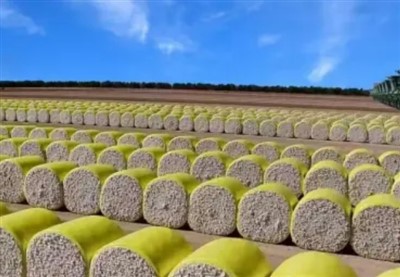
what are the advantages of cotton packaging film
-
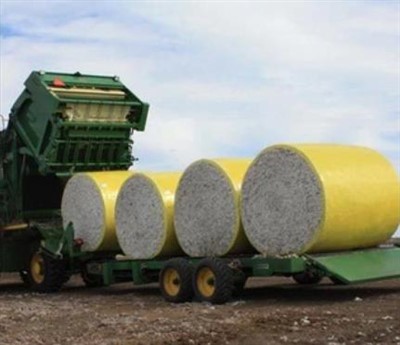
The Advantages of Cotton Wrap Film
-
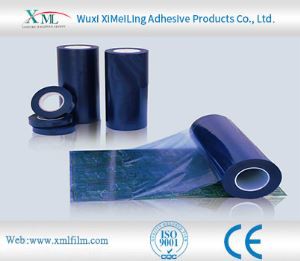
How does pe protective film cope with high temperature environment
-
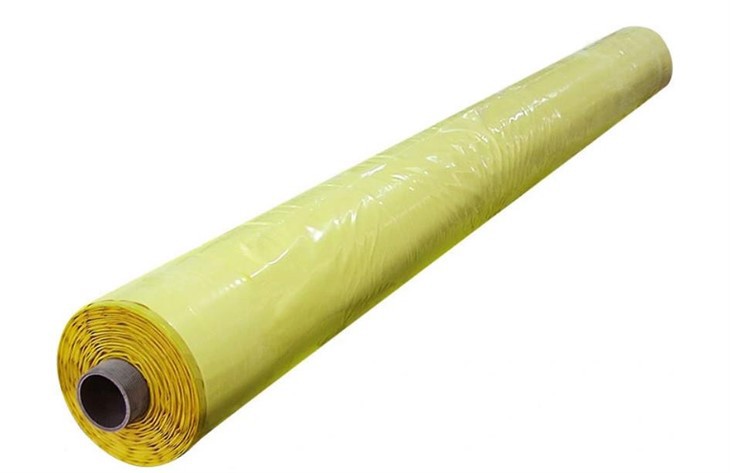
Advantages of Cotton Bale Wrap Film
-
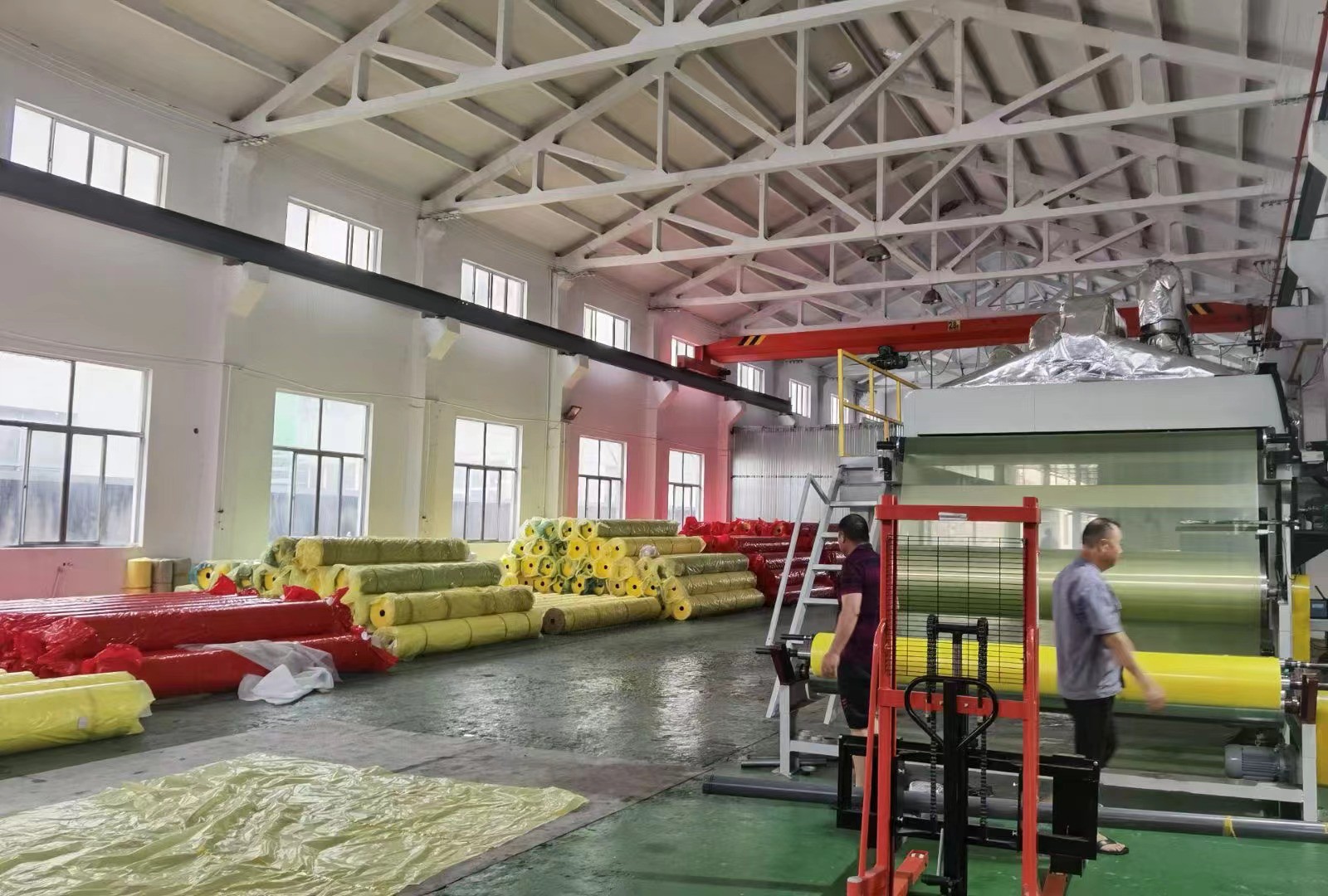
Storage method of cotton bale wrap film
-
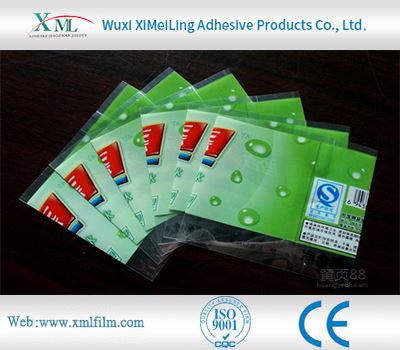
How Polyethylene Packaging Material Copes with High Temperature Environment
